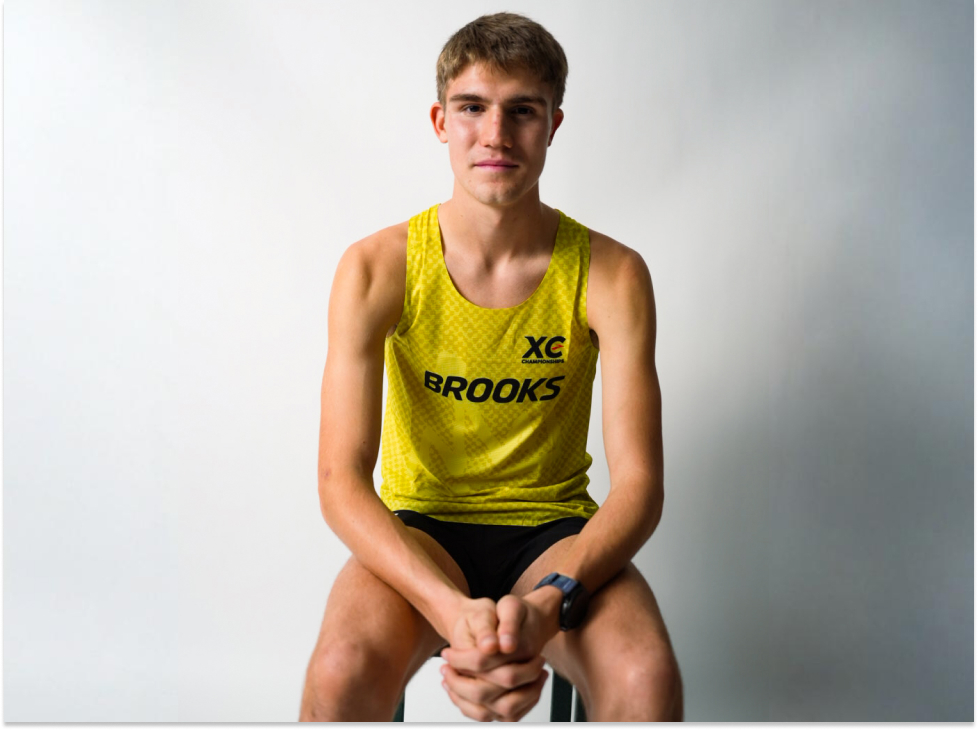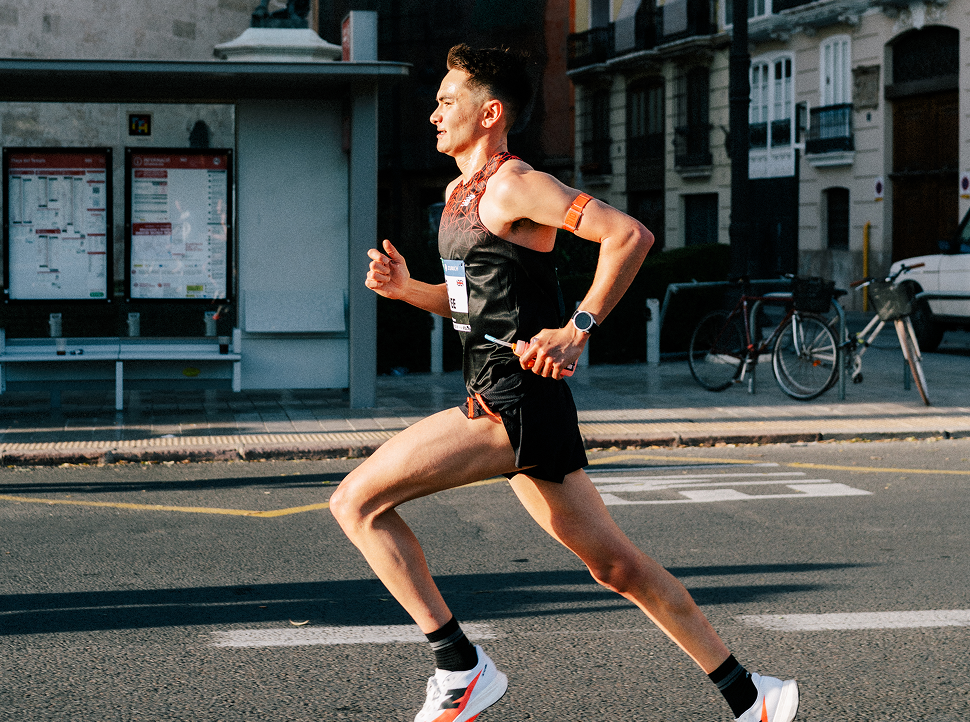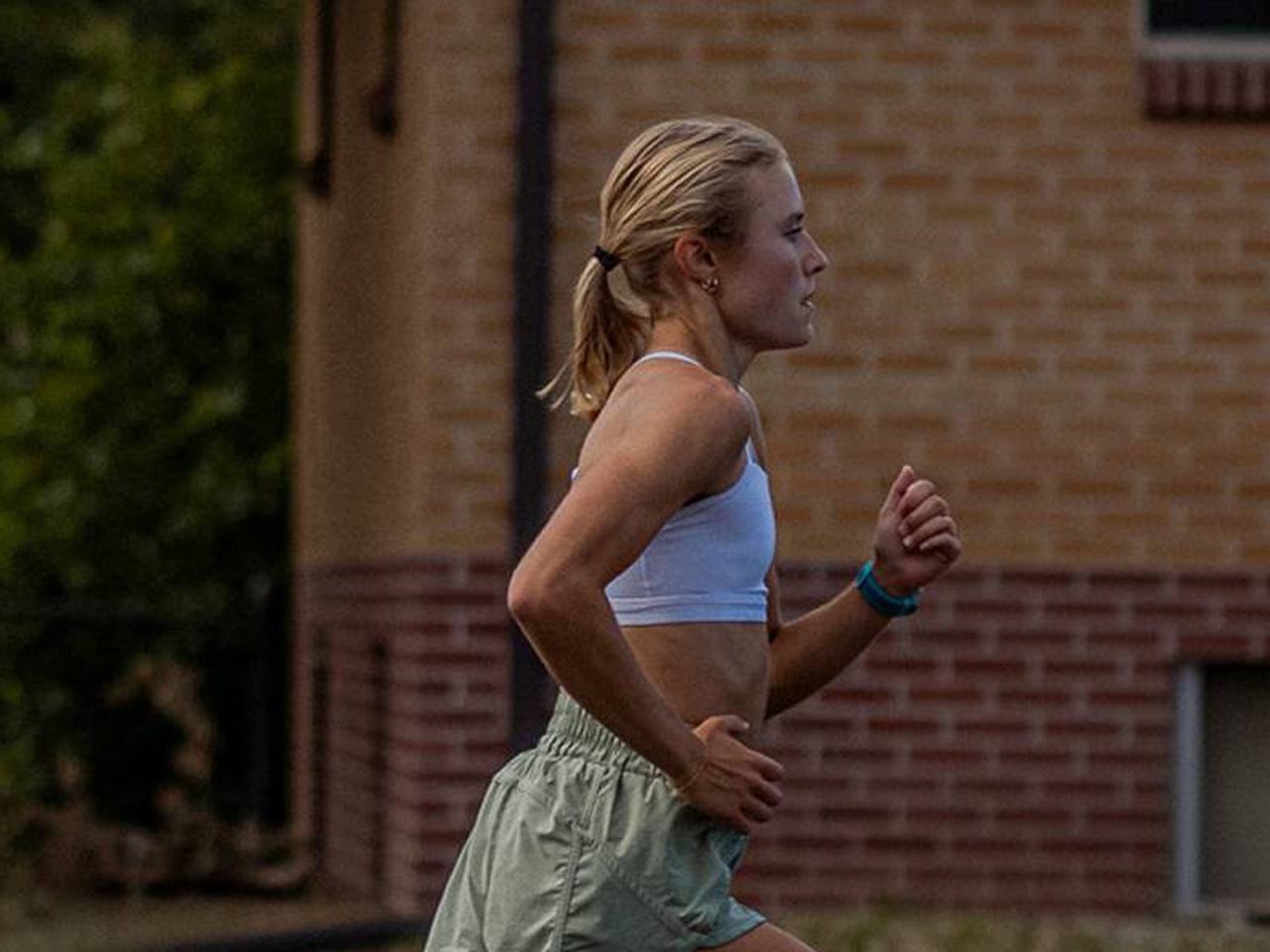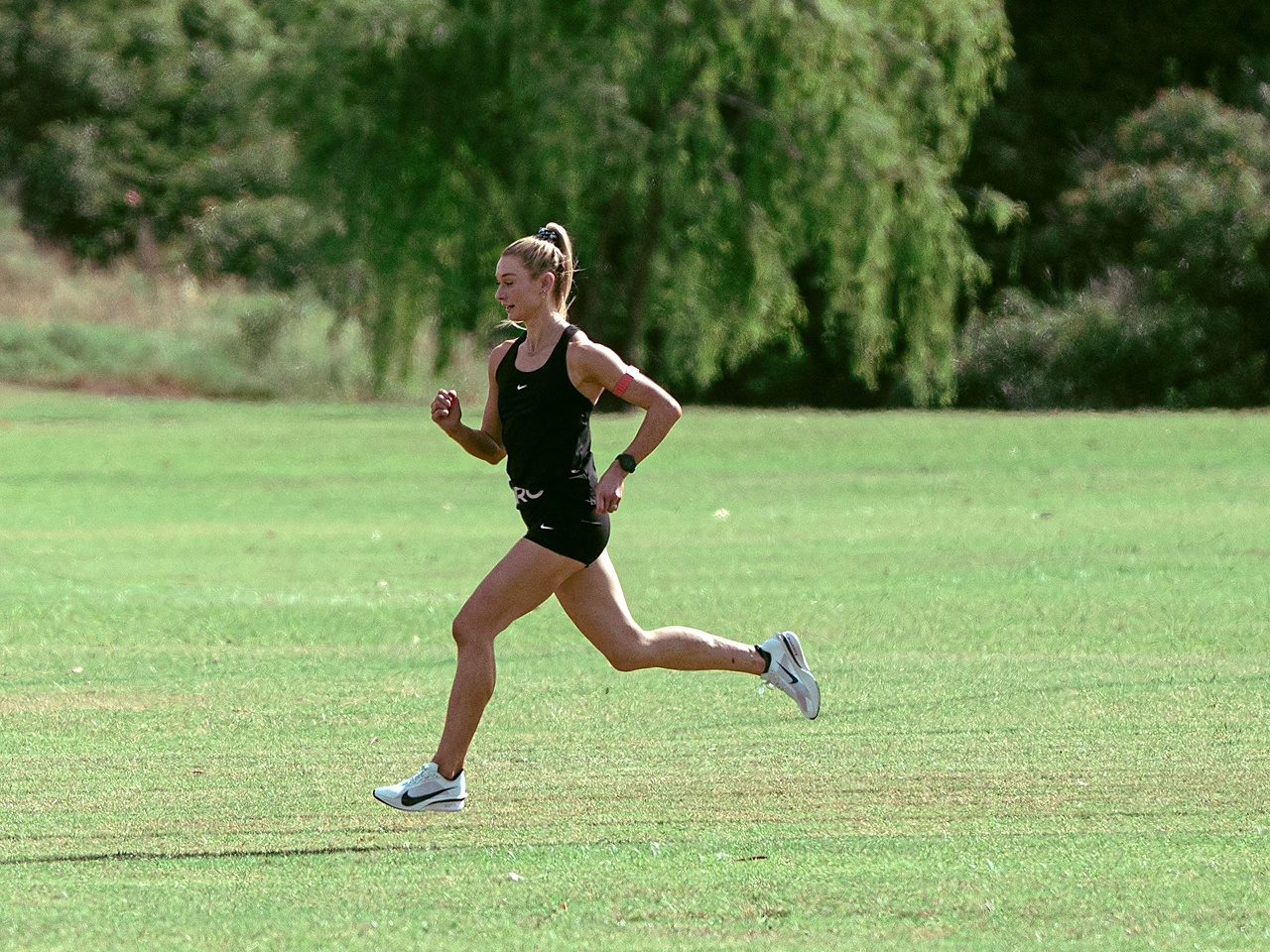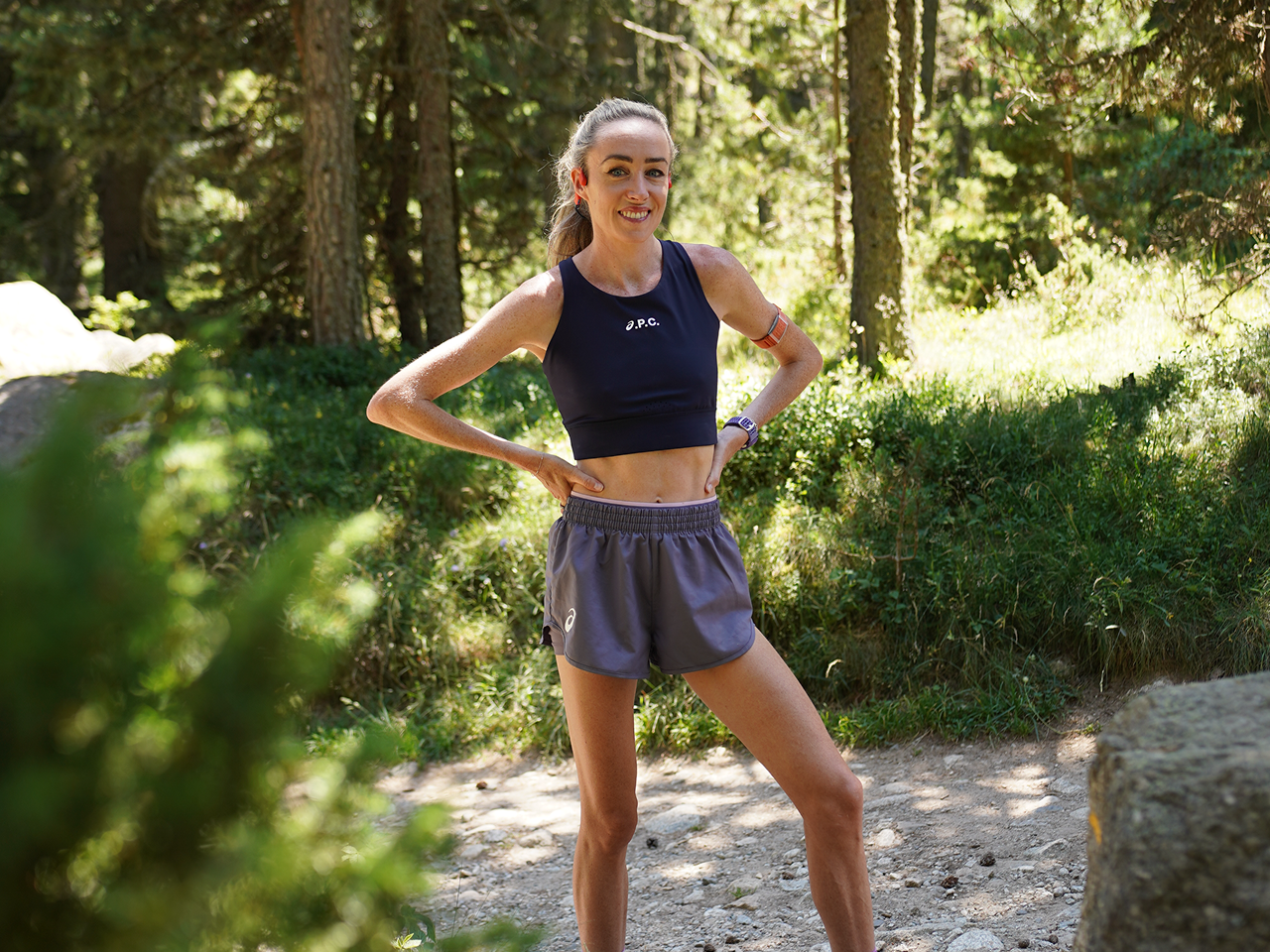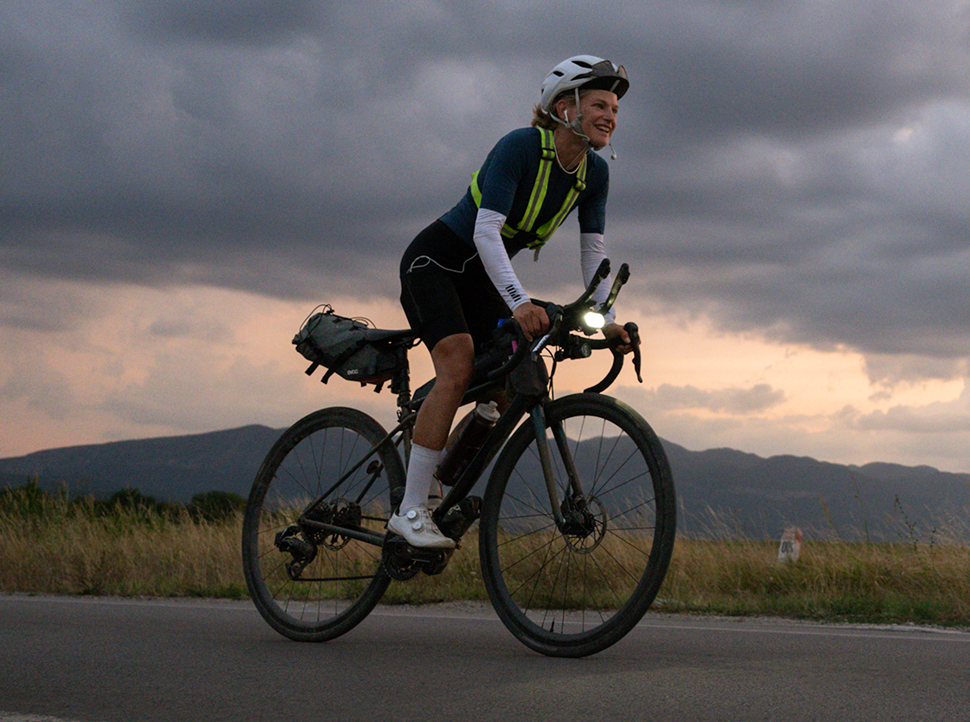Colin Mickow is one of the top American runners heading into Boston. Having represented Team USA at the 2022 Marathon World Championships, Colin is no stranger to elite competition. With one of the best fields ever assembled at Boston, tactical decisions must be made while each athlete pushes their body to the limit. As we prepare for the starting gun on Monday, April 17th, we take a closer look into Colin's recent training, providing us a glimpse into how elites prepare for such a big event!
Colin's Watch: COROS Pace 2
Software for Analysis: COROS Training Hub
Elite Volume: Foundation to Colin's Training

COROS Education: Athletes can see total stats from any activity of their choice.
When looking at Colin's build to Boston, the first thing that stands out is his training volume. Training volume is the foundation of any successful long-distance event and was a priority for Colin this year. We should also note that Colin lives in Chicago and is part of the Second City Track Club. This means most of this was done during the winter months!
When we break these numbers down, over the last 12 weeks, Colin has averaged 131.91 miles/week. In regard to time, Colin was running 14.71 hours/week. It's incredible to see the dedication and commitment put into this training cycle by both Colin and his coach Michael Lucchesi.
Daily 12-Mile Easy Runs

COROS Education: Athletes can analyze all workouts within their training Hub.
One of how Colin builds such a high weekly volume is through daily 12-mile easy runs. While this concept is far too ambitious for many, Colin has worked his way into sustaining 12-mile runs every day. One key takeaway for all readers is the effort Colin runs these distances. This pace is far slower than his Threshold abilities, and his heart rate always remains in his Fat Burning or Aerobic Endurance zone. The easier you run, the more likely you are to build training volume. When dealing with elite athletes, it's often the case that most miles are easy, and they save their effort for critical workout days!
Building Fitness Efficiently

COROS Education: Base Fitness shows trends in fitness over time.
Colin's Base Fitness is a thing of beauty. Any athlete preparing for a race should aim to increase Base Fitness over time steadily. As you can see in the image above, Colin has been ramping up his fitness since Chicago (6th place overall). There was a steady increase in training from November through the middle of February. Colin tapered into a half marathon (1:03:23) and re-ignited his build towards Boston. On April 6th, Colin started to decrease his fatigue as he began an 11-day taper going into Boston. This strategy will keep his fitness strong while ensuring minimal fatigue. If you're wondering how your fitness (numbers will change for amateurs) should look, save this article and reference it to ensure you're building/tapering properly!
Specific Training Focus

You can see your time in each training zone.
For any marathon success, you need to train specifically for the event. This often means easy miles to build your Aerobic Base and specific miles to improve your efficiency at a marathon pace. As you can see in the images above, 24 weeks out from Boston, 54% of his miles were done within his easy zone. Twelve weeks out, and 44% of his miles were easy. Looking at the last four weeks of training, Colin has run 56% of his miles between zones 2 and 3. These zones represent your Aerobic Power and Threshold. Both zones are critical for marathon performance and show Colin is ready for the demands of race day!
Threshold Pace

Training zones provide athletes guidance on their effort.
Ultimately, any athlete's marathon performance is dictated by their Threshold ability. Depending on your speed, you will spend most of your time in your Aerobic Power or Aerobic Endurance zone. Therefore, a key training strategy is to try to get your Threshold as fast as possible without risking injury while maintaining your base. Colin has a Threshold of 4:38/mile which is extremely fast! Given his ability, we would expect Colin's marathon pace somewhere between 4:46-5:15 when it's all said and done in Boston.
Key Workouts

Within the analysis tool, athletes/coaches can select intervals.
In one of the last key workouts in the build to Boston, Colin performed 8×1 mile at marathon specific pace. This is a great workout to dial in your pace and efforts without adding unnecessary fatigue by elongating intervals. Colin could run between 4:40-4:55 pace while holding a cadence between 195-199. For most amateurs, hitting a cadence of 180 is a sign of efficient running. Colin and other elites, often build into the high 190s and have the ability to sustain this for 26.2 miles. This workout provided Colin and his coach with the information needed to dial in their approach before race day!
Boston: Strategy on Hills

Effort Pace metric allows athletes to pace on hills properly
Boston is one of the more difficult marathon majors due to its rolling terrain. While Colin will likely average between 4:46-5:15/mile, how he does this will dictate his finishing position overall. As athletes run over hills, they must strategically push uphill at Threshold or get dropped by the pack. Colin will eat into his reserves by pushing faster than the 4:46/mile Effort Pace while pushing to stay with the field. Is his strategy to run a steady race and allow athletes to fade later, or will he surge to maintain contact? Regardless of his tactics, we know he is arriving in Boston as fit as ever… or Colin's words, "block was good, I feel good, ready to rip".
Go get em, Colin! Thanks for allowing us an inside look at your build to Boston!

/filters:quality(90)/fit-in/970x750/coros-web-faq/upload/images/a8e3eb4784c2e8df737e609fe7cca493.png)
